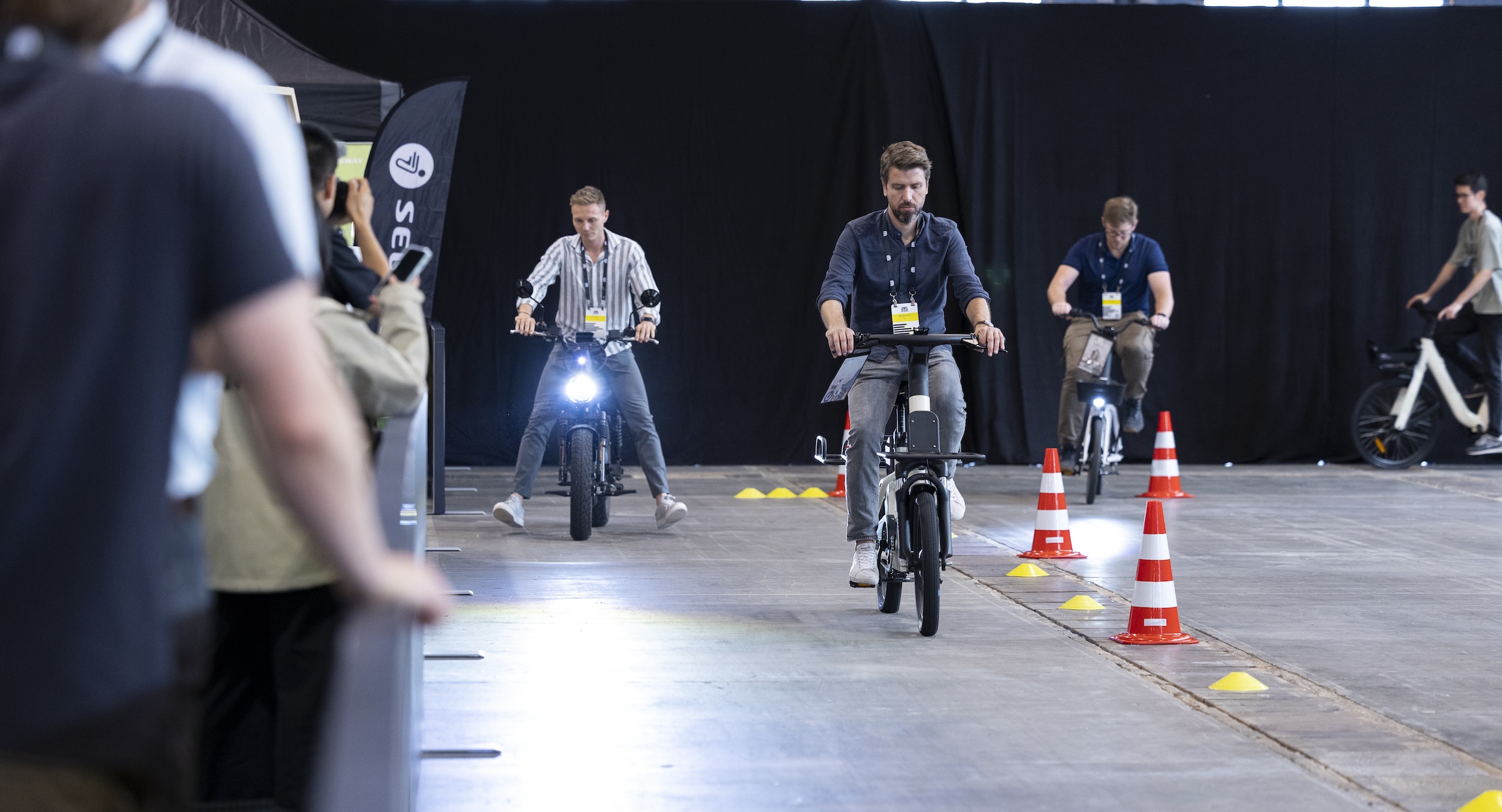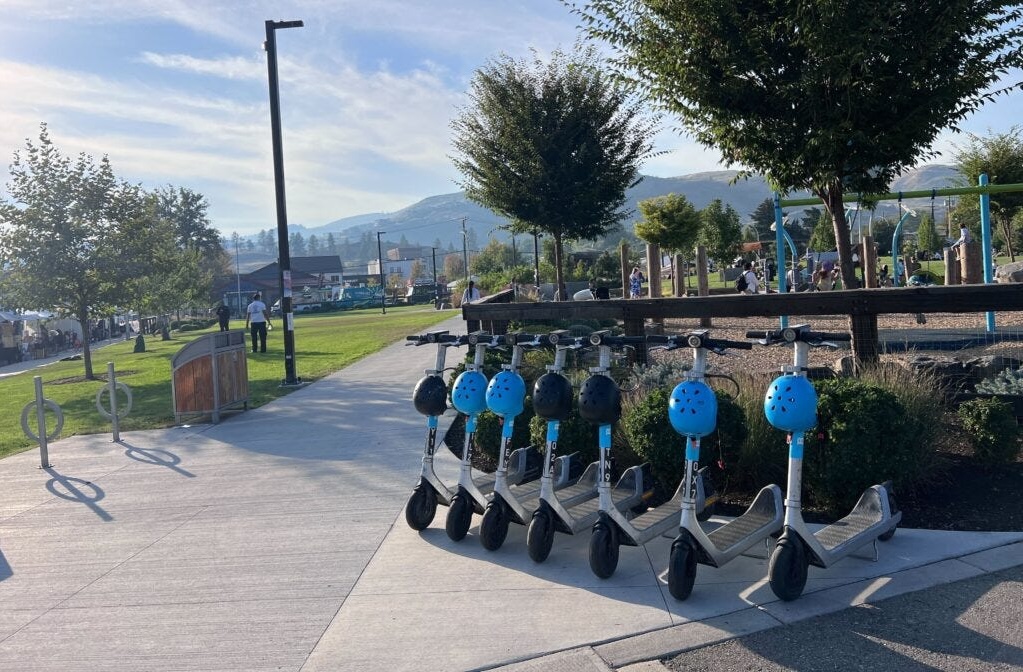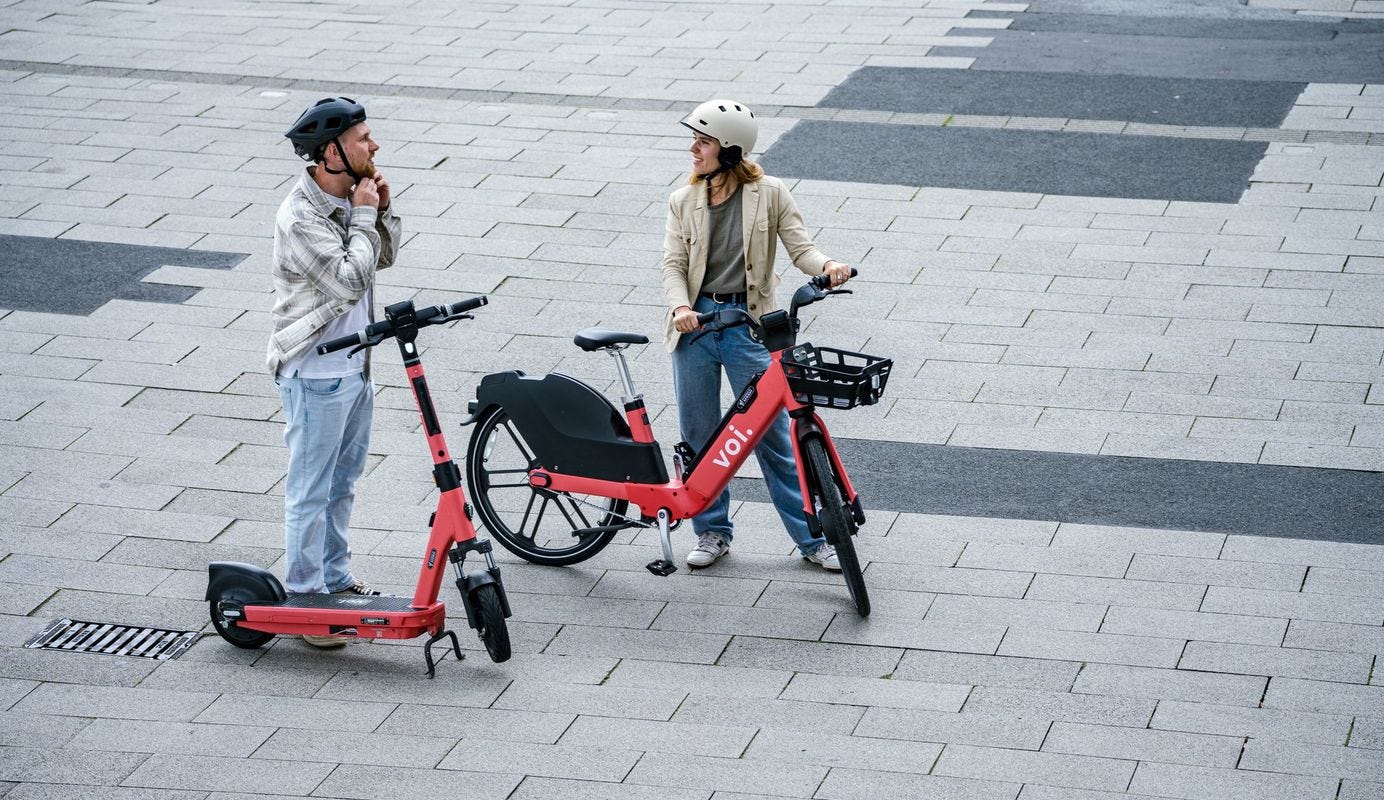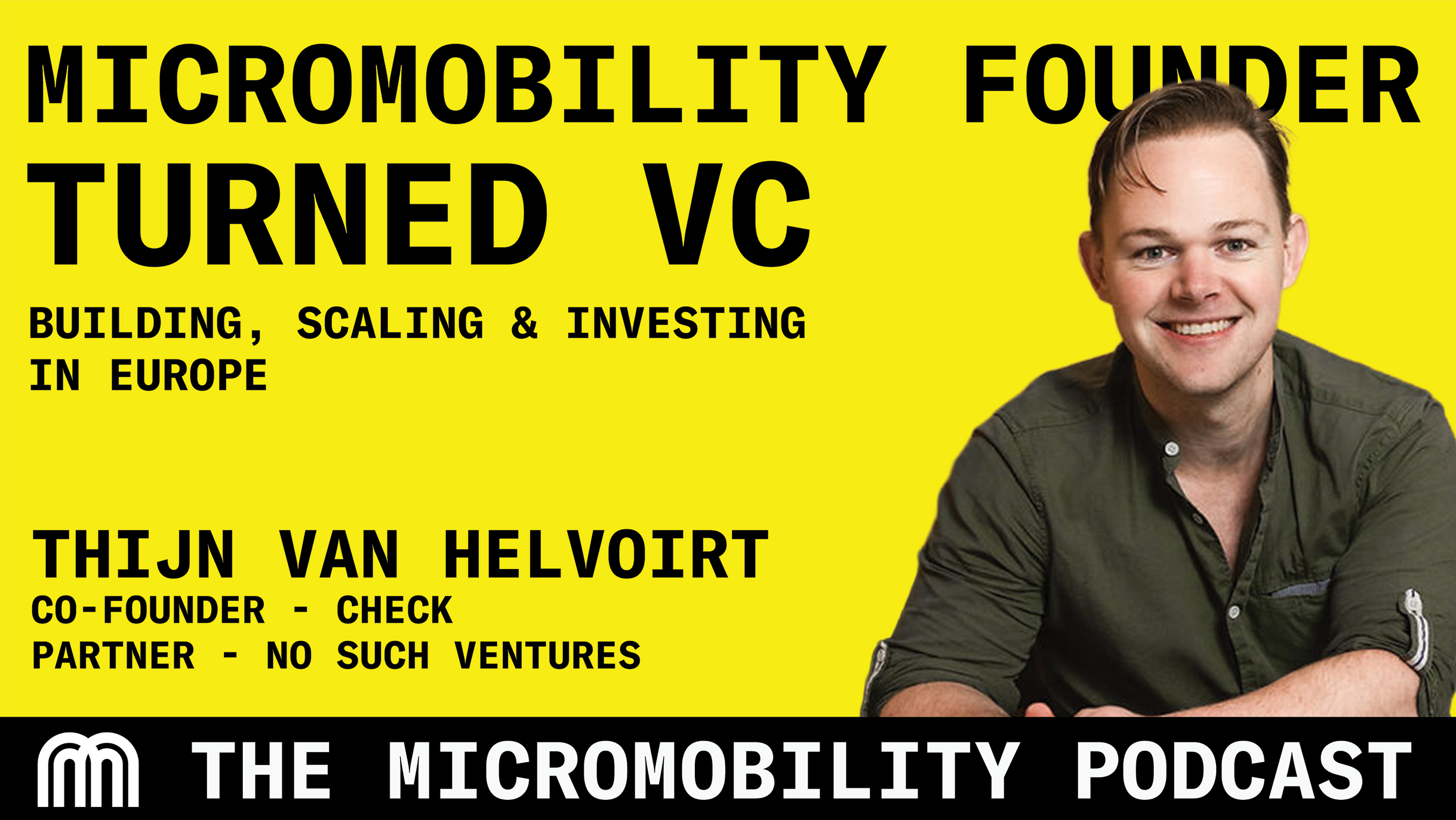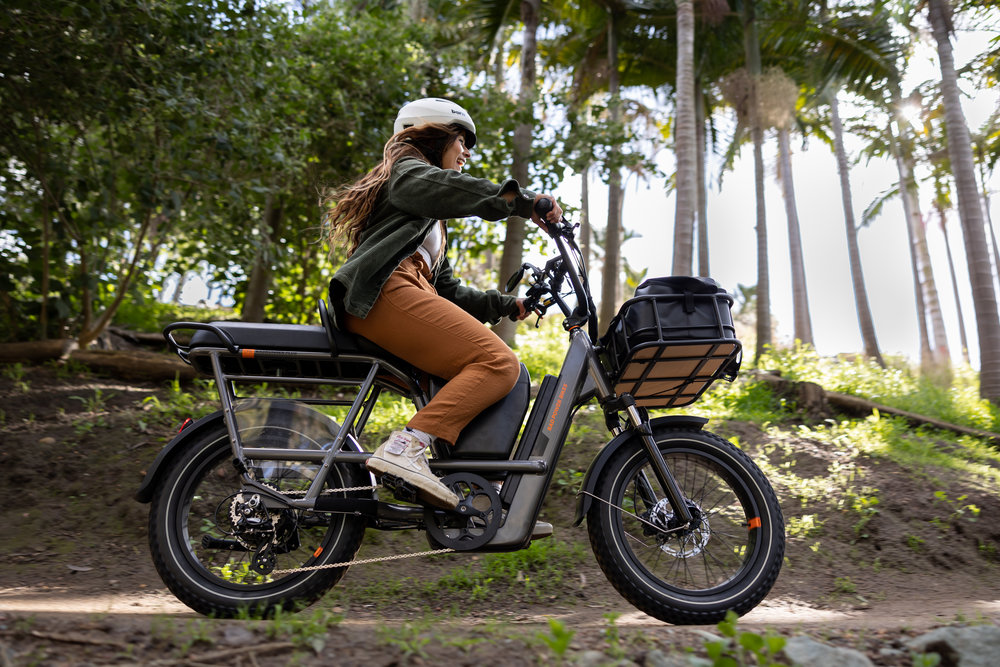As micromobility is a focus on the minimal ability to provide freedom of personal movement, and as that movement today consists of mostly what can be provided through automobility, we need to consider how much of it can be substituted and how.
One of the methods I have proposed is to look at the “market for miles” and categorize those miles into addressable subsets. The total market for miles for personal mobility is about 32.3 trillion miles or 52 trillion kilometers. Of these, about 17 trillion miles are delivered using automobility. The rest is aviation, rail, bus and motorcycling.
These car miles can be further divided into five equal-sized buckets called quintiles such that each quintile represents a certain range of trip distances. Thus each quintile is one fifth of the 17 trillion or about 3.4 trillion miles.
We know the trip ranges because we know how the miles are distributed by distance. The following graph shows that distribution

The first quintile is all trips between 1 and 2 miles. In other words about 3.4 trillion miles are allocated to trips ranging between 1 and 2 miles.
The second quintile is trips longer than 2 miles and shorter than 4 miles.
The third quintile is trips between 4 and 7 miles, the fourth is between 7 and 14 miles and the fifth is all miles above 14 miles.
The following graph shows the quintiles.

Now let’s allocate a time budget to completing a trip. This comes from an observation of Yahov Zahavi which came to be known as “Marchetti’s constant”. "Marchetti posits that although forms of urban planning and transport may change, and although some live in villages and others in cities, people gradually adjust their lives to their conditions (including location of their homes relative to their workplace) such that the average travel time stays approximately constant. Ever since Neolithic times, people have kept the average time spent per day for travel the same, even though the distance may increase due to the advancements in the means of transportation."
This travel time budget is 1 hr/day.
In the US this is about right though because some people are passengers, if you measure people who actually drive, they do so for 79 minutes.
In those 79 minutes they average 3.4 trips per day. That means the average time per trip is 23 minutes. Let’s approximate that to 20 minutes.
If we know the duration of the trips and we know the distance, we can calculate the average speed during the trip. Thus, for each quintile, the speeds necessary to complete the journeys in a minimum of 20 min are:
0-2 mi. 6 mph
2-4 mi. 12 mph
4-7 mi. 21 mph
7-14 mi. 42 mph
>14 mi. <60 mph (limited)
For the longer trips I’m limiting the speed to a maximum of 60mph. Though this would blow the time budget, these long trips are rare enough that it does not make a difference.
Now comes the Micromobility Question: “What is the minimal vehicle needed to deliver the mile demands at the speed demanded for that trip?”
My definition of micromobility is that the vehicle should weigh less than 500 kg.
That sets the limit for the top quintile, which is limited to 60 mph.
So what should be the minimal weight for the fourth quantile, representing 42mph?
I propose 200 kg. or 40% of the maximum.
For the third quantile, the speed is half and the weight is half (100 kg)
For the second quantile, the speed is nearly half again and the weight is half again (50 kg)
For the first quantile, the speed is half again and the weight is half again (25 kg)
These are only suggestions but they sound plausible.

.svg)
%2Bcopy.jpeg)


.svg)

